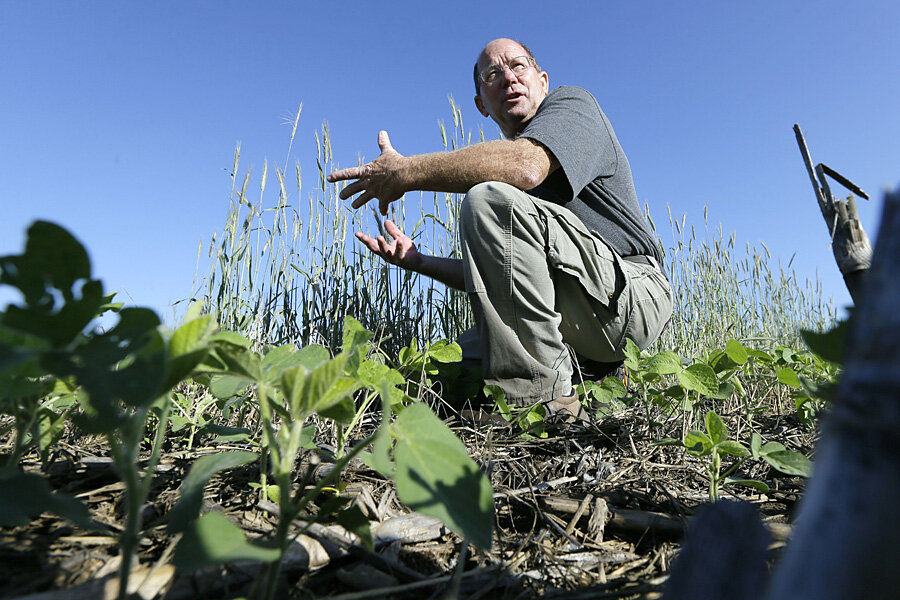One issue that arises with urban agriculture is soil contamination. Urban farmers often find that the soil used for urban and peri-urban farms contain pesticides, lead, and other toxics. Both produce planted in the soil and animals roaming in the area can absorb the contaminants, which means farmers and consumers won’t get the most nutritious, healthiest food.
There are several techniques for decontaminating soils such as excavation and soil vapor extraction, according to the Resource Centers on Urban Agriculture and Food Security (RUAF) Foundation in the Netherlands. Costs of decontaminating the soil can range from $1,000 to more than $10,000, depending on the technique. RUAF suggests when picking out a property for urban agriculture, contact your local city hall for the lot number and contact previous owners to find out what else that land has been used for.






